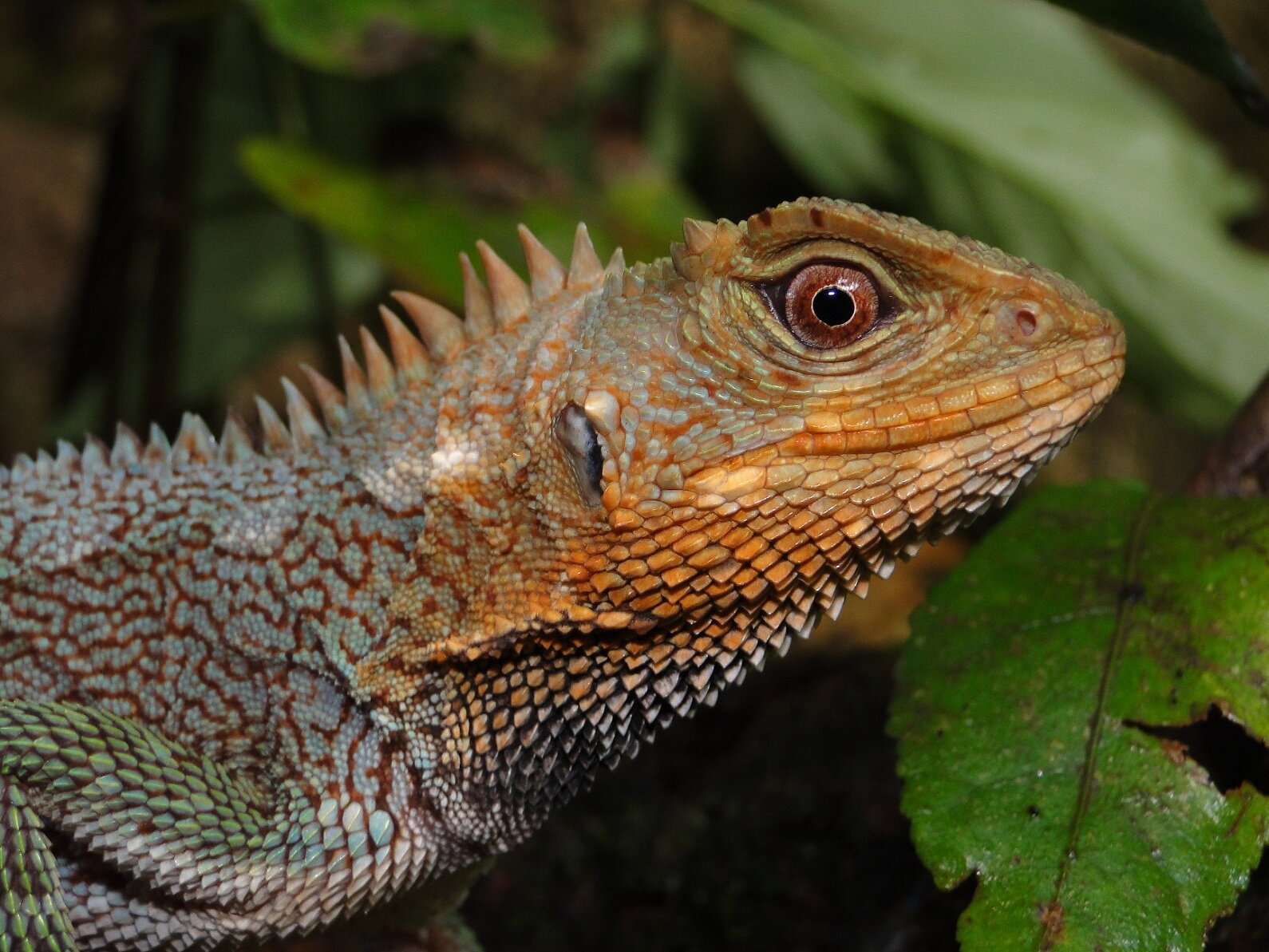The relatively unexplored Huallage river basin, located in the heart of Peru, is the scene of the discovery of an intriguing new species of wood lizard named Enyalioides feiruzae.
Huallaga river in Peru - Image Credit: Carlos Sala Fotografia via Shutterstock / HDR tune by Universal-Sci
It took seven years of field surveys for the team of biologists to characterize it properly. In addition, they had to spend several nights in the premontane forest at the basin of the Huallaga river, picking lizards resting on shrubs 20–150 cm above the ground by hand. At the same time, their coordinates and elevation were logged with a GPS system.
The work of these scientists is especially important due to recent events in the area. A hydroelectric power plant has been constructed segmenting the Huallaga valley creating an urgent need for biodiversity research in the area. This region is home to a wide range of habitats, including the Yugas, which are a haven for unique birds.
Feiruz wood lizards have a beautiful array of colors; this goes particularly for males. Males can have backs that are brownish turquoise, gray, or greenish-brown with light lines. On the other hand, females can be greenish-brown or floury brown in color, with subtle darker lines on their back, limbs, and tail, as well as spots on the sides.
A closer look at male Enyalioides feiruzae (Credit: Pablo J. Venegas)
Biologists believe E. feiruzae became a separate species after getting geographically isolated from a similar lizard known as E. rudolfarndti. It is hypothesized that this isolation happened due to tectonic activity and climatic oscillations that transpired between the Late Oligocene and the Early Miocene.
The Feiruz wood lizard was named after Feiruz, a female green iguana, muse, and lifelong companion of Catherine Thomson. Thomson backed the authors' efforts in taxonomy study and environmental protection.
Sadly the E. feiruzae's habitat is severely fragmented by cattle ranching pastures and croplands. Scientists now only about a single protected population in the Tingo Maria National Park.
There is still a lot to learn about the size and distribution of E. feiruzae populations, as well as their capacity to survive and adapt in a fragmented ecosystem.
Another adult male of Enyalioides feiruzae showing the extreme of intraspecific variation in this species. - (Credit: Pablo J. Venegas)
The newly discovered species is part of the Enyalioides genus, which comprises sixteen species. Over fifty percent of the known Enyalioides species have been described in the last twenty years, owing primarily to recent surveys of isolated locations in the forests of the Tropical Andes, located in Peru and Ecuador, among other countries.
The science team described their new discovery in the scientific journal Evolutionary Systematics, listed below.
Sources and further reading:
FEATURED ARTICLES:











